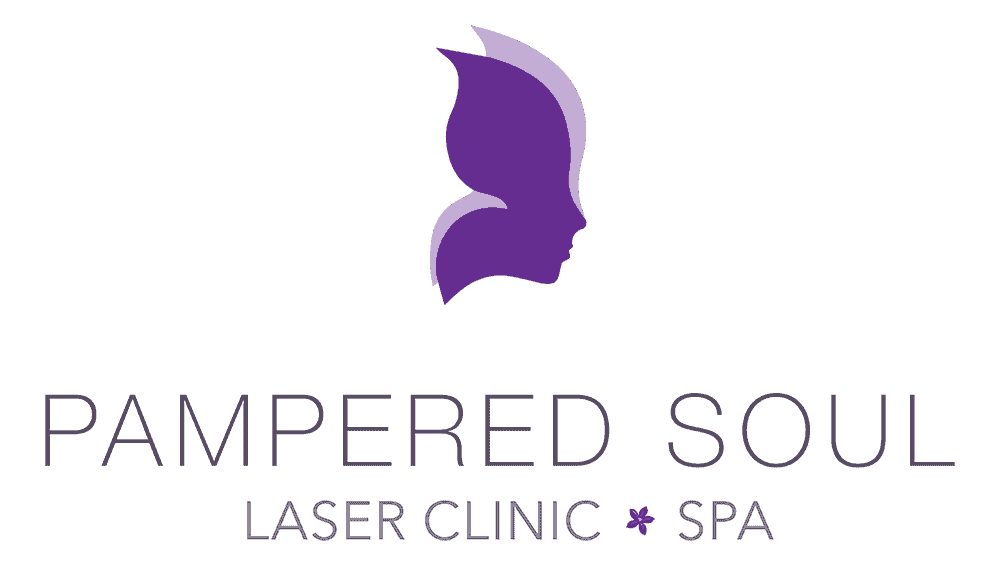Pampered Soul – Laser Therapy – Facials – Signature Treatments – Windsor Ontario
Laser Tattoo Removal

What is laser tattoo removal?
Laser tattoo removal is a FDA approved treatment that uses isolated laser energy to break up the pigment and color in tattoos.
How does it work?
A Q-Switched Laser removes tattoos by breaking up the ink pigment colors with a high-intensity light beam. The ink particles absorb the energy resulting in the ink breaking apart into smaller pieces. Once the ink particles break apart and are smaller, the immune system is able to flush out the particles of ink.
How to prepare (pre-treatment)
Area must be shaved 24 hours prior to your appointment. Apply topical anesthetic cream 30 minutes prior to your treatment time and cover with plastic wrap. Avoid make-up and lotion on the area being treated the day of the appointment. Do not use self-tanner for at least 2 weeks before your treatment. Avoid direct sunlight on the area being treated for at least 3 days prior to your appointment. Avoid drinking more than 2 alcoholic beverages 24 hours before your treatment.
What does it feel like?
Most people say that laser tattoo removal feels like a rubber band snapping against the skin and like a heated pin prick sensation. Discomfort level is mid to moderate, nothing worse than getting the tattoo in the first place. We use lidocaine to prep and numb the skin prior to the treatment, and we always aim to make your experience as comfortable as possible

Aftercare and post-treatment
We will apply an antibiotic cream or ointment and bandage to protect it immediately after the treatment. If you are experiencing discomfort immediately following the treatment, use an ice pack to soothe the treated area over the bandage, not under it. For the first three days, cover the area with a layer of antibiotic healing ointment underneath a bandage or sterilized gauze. Don’t apply any other creams or makeup to the treated area within the first three days. After the 3 day mark you can remove the bandage, but you must keep the area as clean and dry as possible. Once you remove the bandage, you can shower and wash the treated area. When showering, avoid high pressure water. Clean the area gently with mild soap and pat to dry. You may also apply a healing moisturizer such as Vaseline, Aquaphor, or hydrocortisone cream. Another option as a healing moisturizer is Vitamin E ointment. Vitamin E ointment also supports restoring damaged skin cells.
DO NOT soak the area until it’s completely healed as this can increase the risk of getting an infection. This can be from a bath, hot tub, swimming pools, or any other time your skin is immersed in water.
DO NOT expose the treated area to the sun. If you intend to be in the sun, be sure to keep your skin covered with clothing and/or sunscreen.
DO NOT pick scabs or pop blisters. Blistering and scabbing are natural side effects of the healing process. Opening the wound increases the risk of infection and will also prolong the healing process. Avoid shaving the treated area if there are scabs or blisters present. Allow scabs to fall off naturally and blisters to drain on their own.
The stronger your immune system, the faster your skin heals. A healthy immune system helps your body repair the wound and fight off infection. There are a few key things you can do to see faster results: drink lots of water; decrease alcohol consumption; don’t smoke; exercise (starting 3 days after your treatment, not before).
How many sessions are required?
A typical tattoo takes approximately 10 treatments to remove completely. If you are looking to fade a tattoo for a cover up piece, approximately 1 to 4 sessions will give you the results you and your tattoo artist are after. In general, the number of treatments you will need will depend on the age, size, and color(s) of your tattoo. The color of your skin, as well as how deep the tattoo pigment goes, will also affect the number of sessions required.
Possible side effects
Following a laser tattoo removal treatment, it is common to see redness and swelling on the surrounding skin. This usually subsides within a few hours of treatment. If you don’t follow the proper aftercare instructions, you may see some scarring. If your skin develops burns or blisters, DO NOT pick or pop them, as this may result in scarring. Most people experience no scars after laser tattoo removal treatments. NOTE: The stronger the body’s immune system, the faster you’ll heal and the less likely you are to have any scars. It is also common to see hypopigmentation, or temporary lightening, of the skin. Skin color usually returns to normal within about two weeks.
